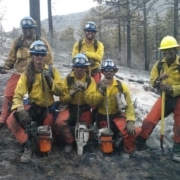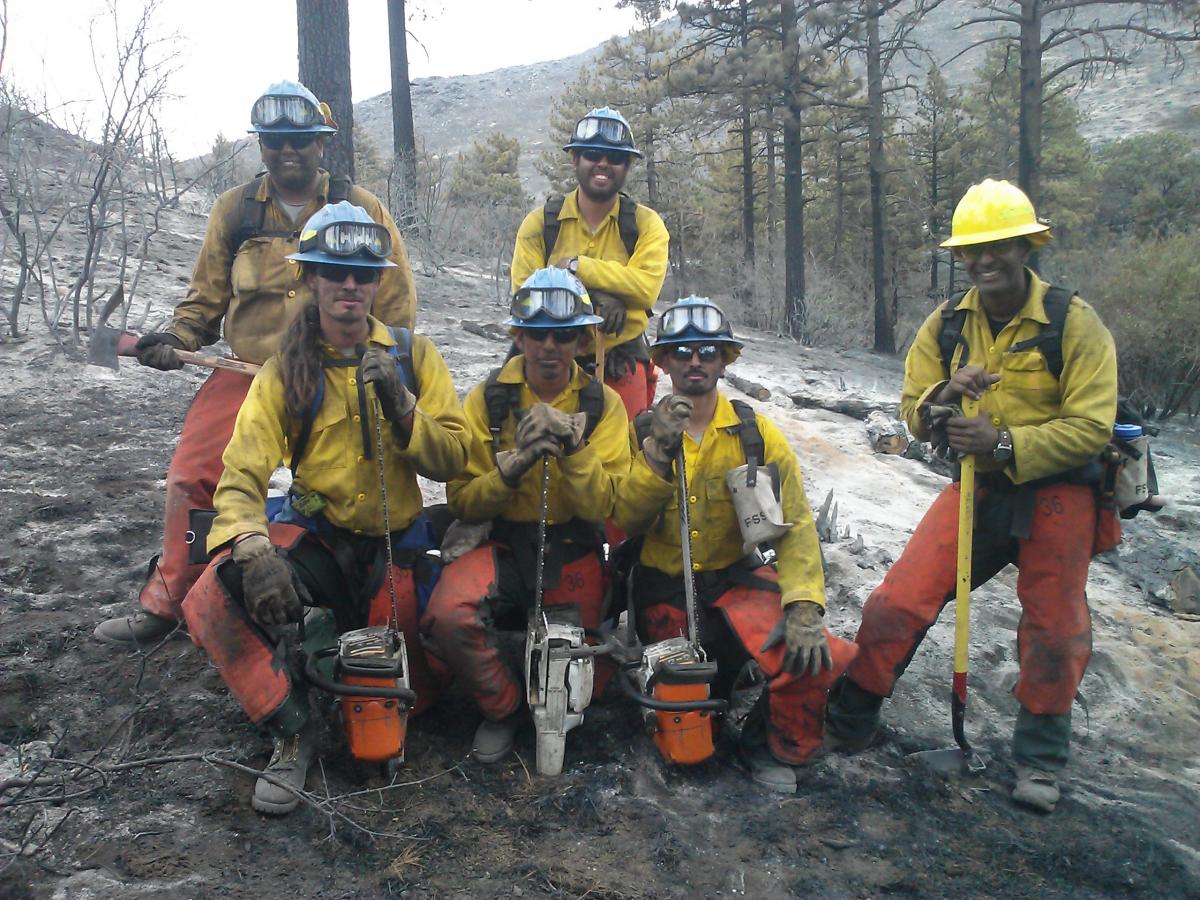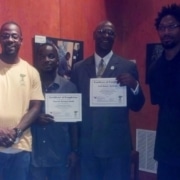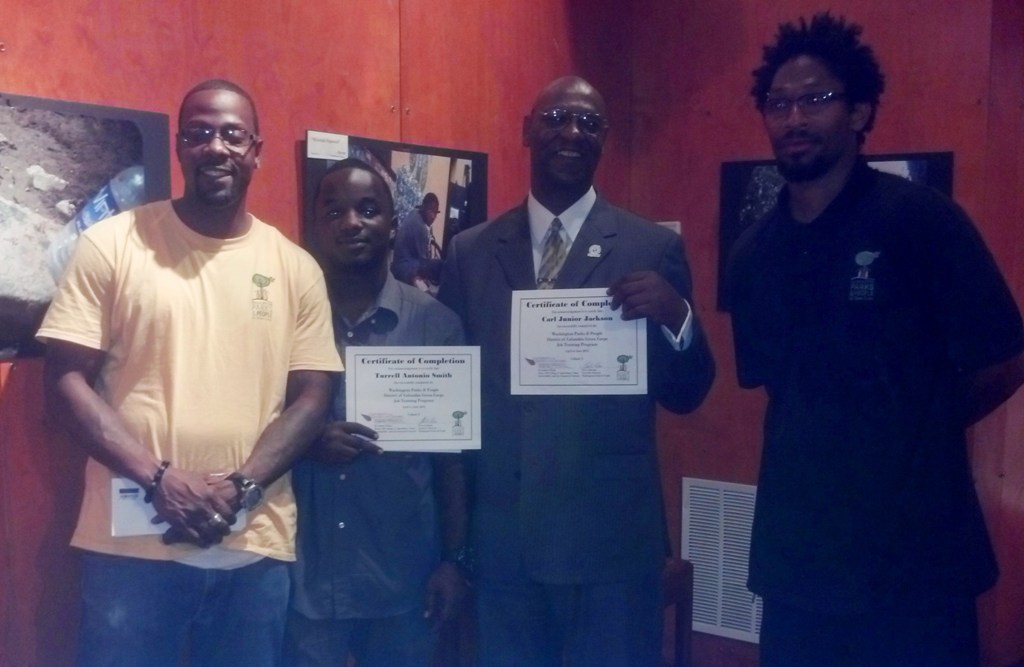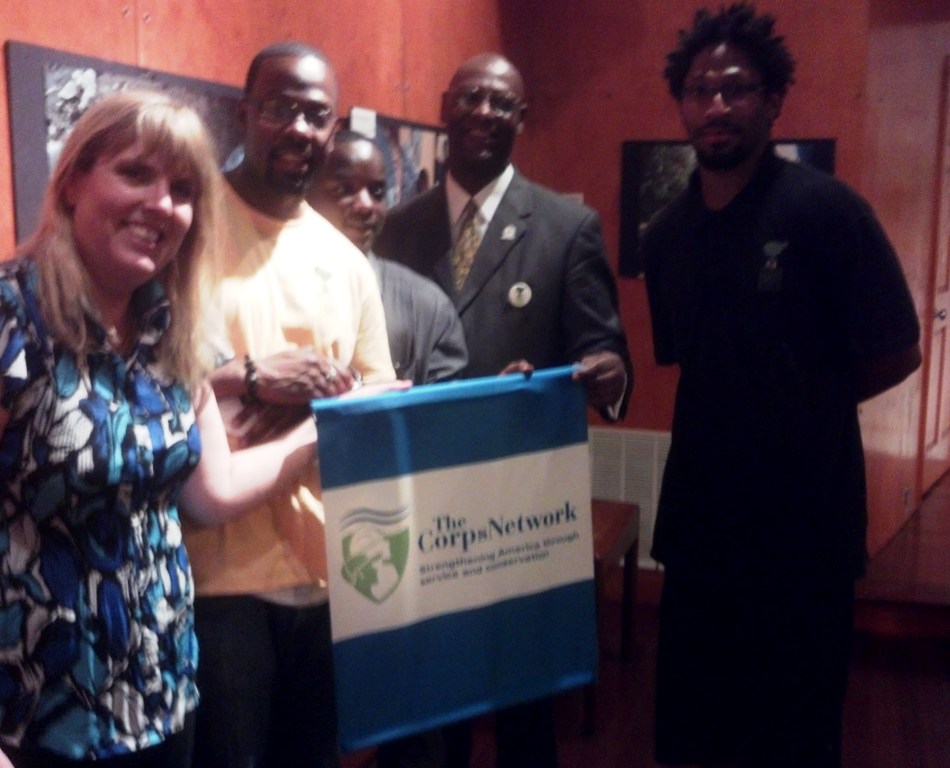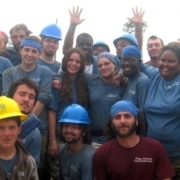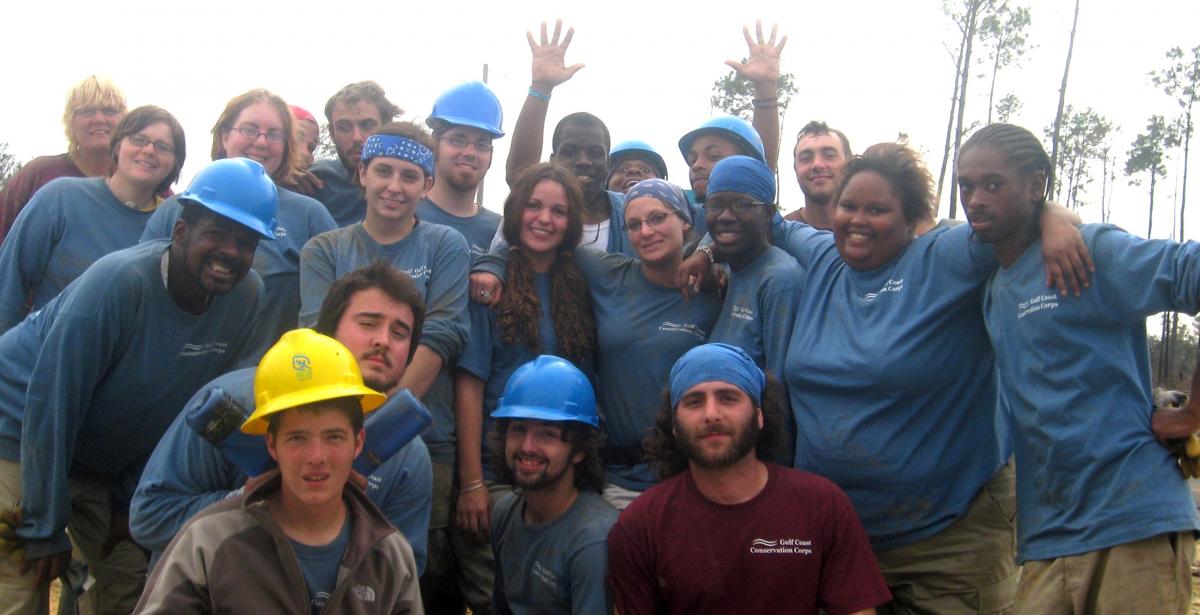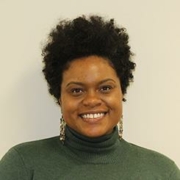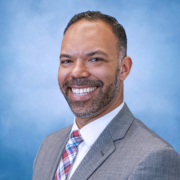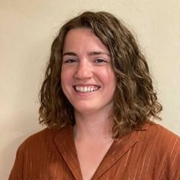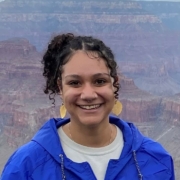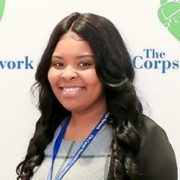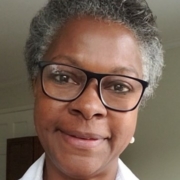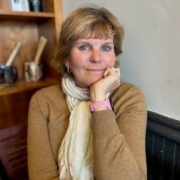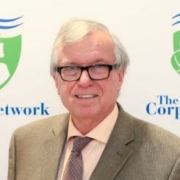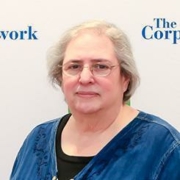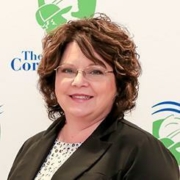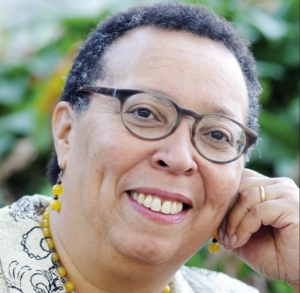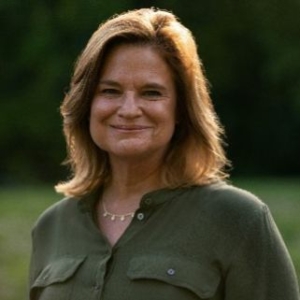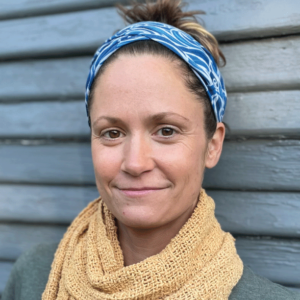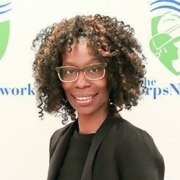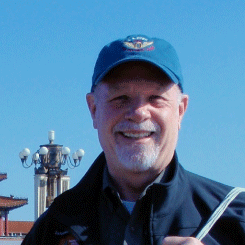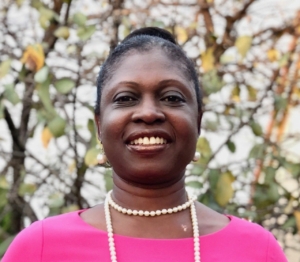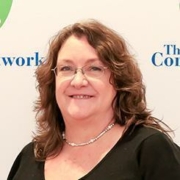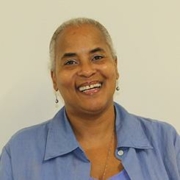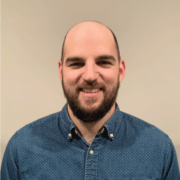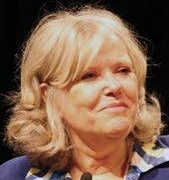
Shella Hair, GCF Graduate and Corps Member speaker (Photo credit Anthony Clark)
A speech delivered by Corpsmember Shella Hair at the Green City Force Winter 2013 graduation ceremony
I would like to start by saying thank you to the Team Leaders, administration and staff of Green City Force. I would like to give special thanks to Lisbeth Shepherd for all she has done with GCF to make each cohort better.
Because of your support and encouragement, we are all here today celebrating this special day together. Also, I cannot forget this awesome group of Corps Members sitting in front of me. It has been a great pleasure to represent this Cohort; I couldn’t ask for a better group of people with whom to start a promising future!
Before this program I was living in a world guided by fear and failure; a world suppressing the uniqueness that lies inside of each of us; a world that sets us up for failure by giving us an educational system that clandestinely sets us up for jobs that could be automated, work that does not need to be done, and enslavement without fervency for meaningful achievement. After High School they kick us out and say the future is ours with no manual instructions, not even a What’s Next After High School for Dummies book. Not every student is prepared for college and not every student is walking into a job. Most of us are just happy to graduate from High School. They say the choice is ours, yet the truth is we have no choices in life when money is our motivational force. Our motivational force ought to be passion, which is lost from the moment we step into a system that trains us, rather than inspires us.
However failure became my best friend and fear was right around every corner I turned. I say failure became my best friend because it gave me an inner security that I had never attained from passing examinations. Failure taught me things about myself that I could not have learned any other way. I discovered that I had a strong will and more discipline than I had suspected. The knowledge that you have emerged wiser and stronger after setbacks means that you are, ever after, secure in your ability to survive. You will never truly know yourself or the strength of your relationships until both have been tested by adversity. Such knowledge is a true gift, for if it is painfully won, it is worth more than any qualification I ever earned. So during those times failure came to my door, I embraced it with both arms opened wide.
We are all very special; every human on this planet. YES, each and every one of you. So aren’t we all deserving of something better? Using our minds for innovation rather than memorization, for creativity rather than futile activity, for rumination rather than stagnation? On February 4, 2013 I became a Corps Member of Green City Force and my entire life and outlook on life changed. I was given hope. I am no longer ashamed to say I am from NYCHA. In addition, after being a member of the Urban Farm Corps I found myself and discovered what I want to do with my life, my calling, and my passion: Urban Agriculture. There’s something about taking vacant lots and fields and turning them into gardens and farms that provide fresh produce to the residents of that community. I love educating people of all ages on the importance of healthy eating, working with people to make a difference in their lives, and beautifying NYC with flowers, herbs, and vegetables! I was so inspired, I actually started a garden in my own development in the South Bronx.
The saddest part is that the majority of young adults do not have the opportunity to reflect as I did, experience the things I’ve done, or meet the people I’ve met. They weren’t given a second chance as I was. I will never be able to turn back these 23 years. I cannot run away to another country and start over. That part of my life is over, and going forward I want to make sure that no other young adult from public housing will have his or her potential suppressed by powers meant to exploit and control. Every young adult that lives in NYCHA from age 18 to 24 should be given the opportunity to be a part of Green City Force. We are human beings. We are thinkers, dreamers, explorers, artists, writers, engineers. We are anything we want to be – but only if we support one another rather than hold one another down. A tree can grow, but only if its roots are given a healthy foundation.
So, here I stand. I am not standing here because I am the best Corps Member, or because I am better than any of you. Truth is I was molded by my environment, by all of my peers who are sitting here watching me. I couldn’t have accomplished this without all of you. It was all of you who truly made me the person I am today. It was all of you who were my competition, but at the base my backbone. In that way, we are all winners and we will all be successful.
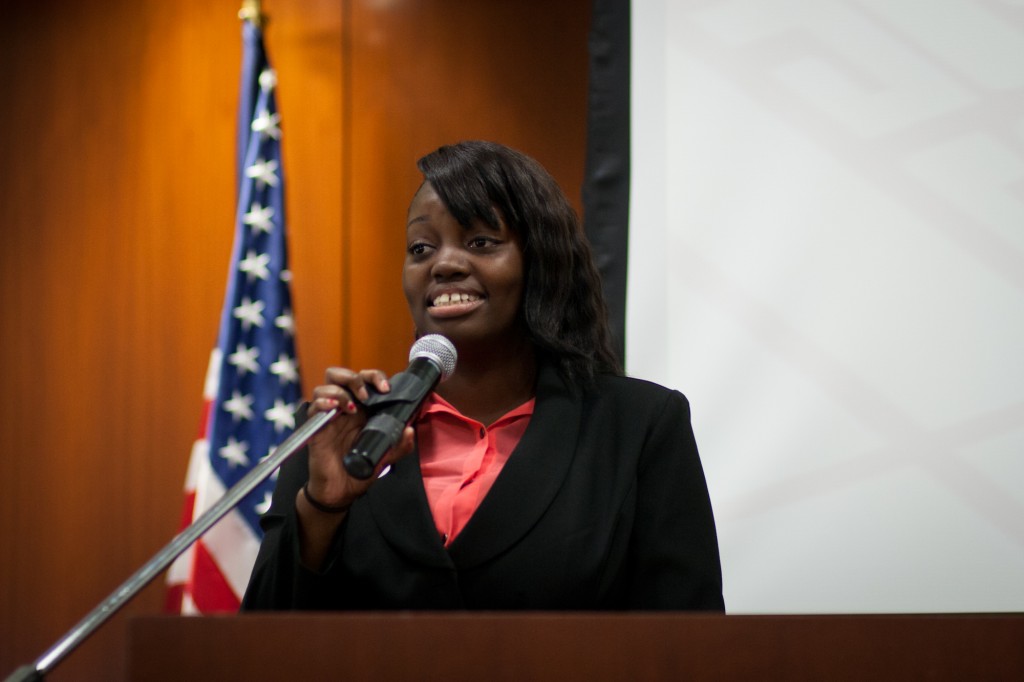
Shella Hair, GCF Graduate Speaker (Photo credit Anthony Clark)
Looking around, we do not see the same people we saw on the first day of Green City Force. Some have left and others have given up, but we did not! We used GCF to move forward. Before GCF, many of us were against all odds. Growing up in NYCHA made me feel worthless and useless; I became a product of my drug-infested, crime-ridden broken-down environment. I felt trapped. We all had challenges to face, but look at us now. We became AmeriCorps Service Members of Green City Force. When the world labeled us and tried to break us down, we challenged it with our longevity to finish the program, beat them with our perseverance, and became a Force that is unstoppable.
I am now supposed to say farewell to Green City Force, those who maintain it, and those who stand with me and behind me. I hope this farewell is more of a “see you later,” when we are all working together to rear a pedagogic movement. In the long run I think it would be safe to say, leave behind what is not helpful and instead bring forward with you the lessons that will be the working parts of your greatest invention ever: Your life! Your future! Congratulations to us, Winter Cohort of 2013!

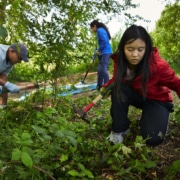
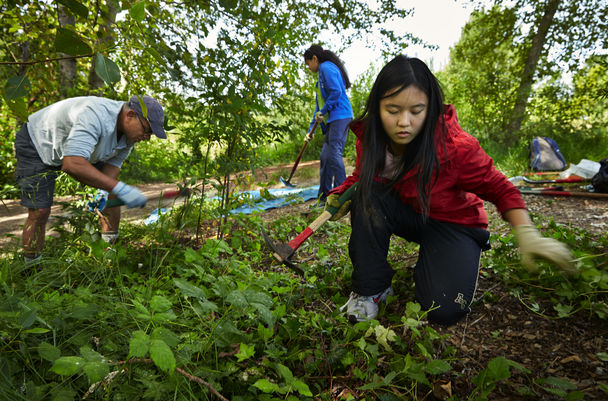
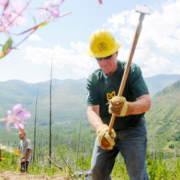
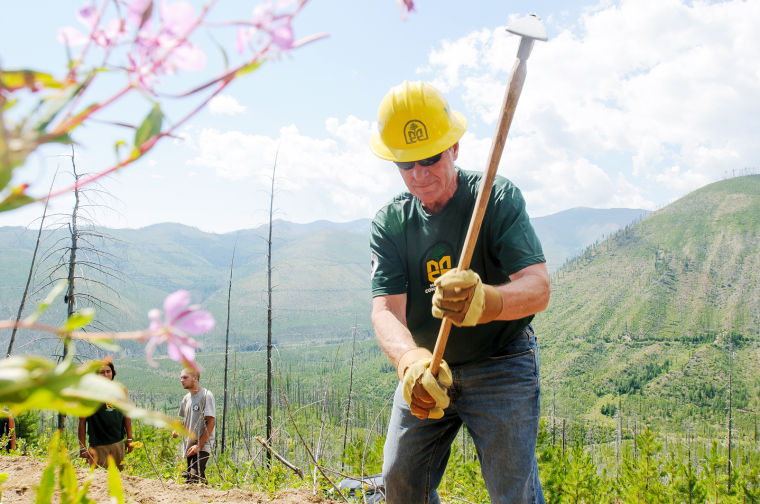
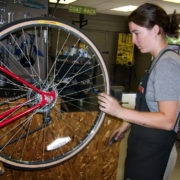
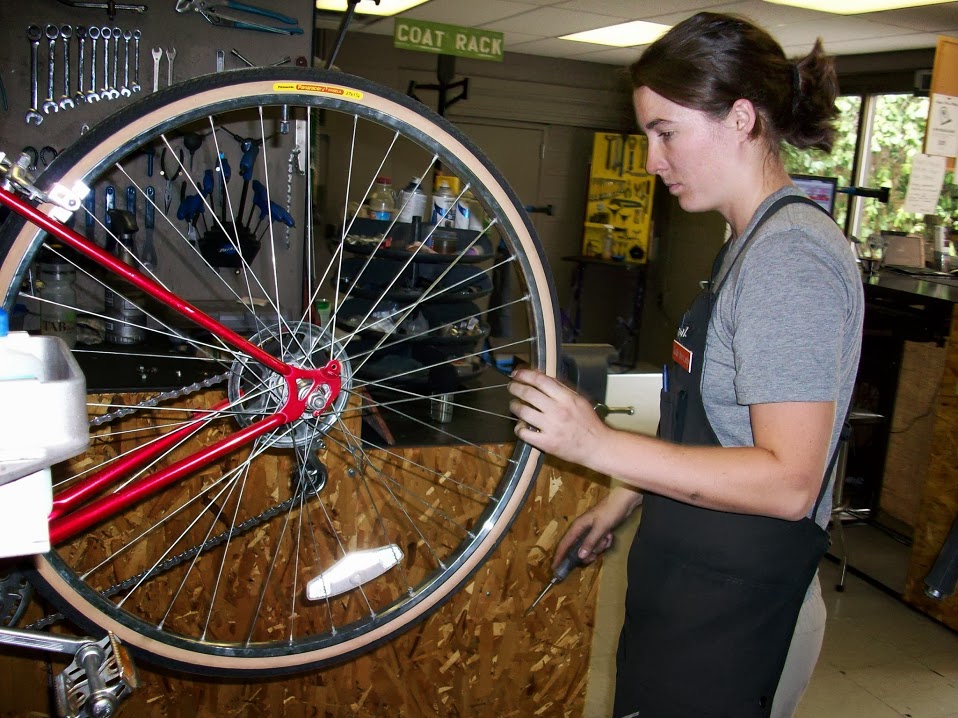




 Haiku from Trail 4
Haiku from Trail 4